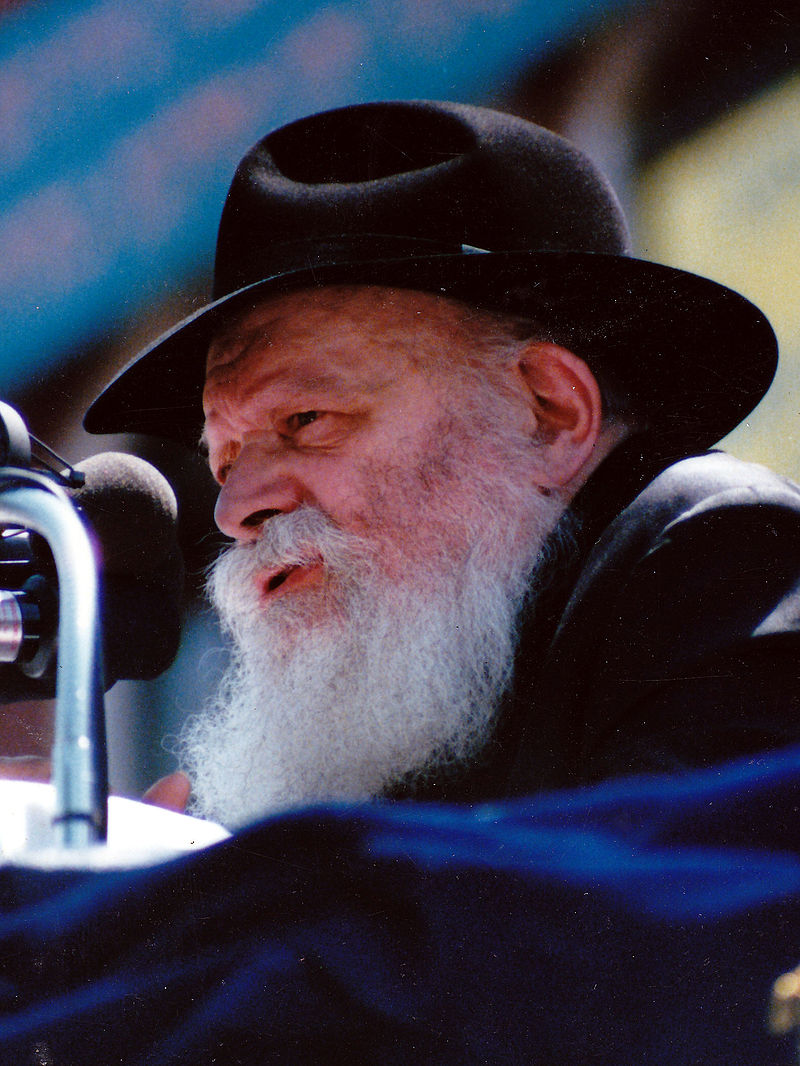|
Getting your Trinity Audio player ready...
|
(TJV) The Crown Heights Riots of August 1991 were a tragic and violent event in New York City’s history, exposing deep racial and religious divisions between the neighborhood’s Black Caribbean-American and Jewish communities, particularly the Lubavitcher Hasidim. The unrest erupted following an accident in which a car from the motorcade of Rabbi Menachem Mendel Schneerson, a prominent leader of the Lubavitcher Hasidic community, struck two Black children, Gavin and Angela Cato, on August 19. Gavin Cato was killed instantly, while his cousin Angela was seriously injured.
The response to the accident quickly turned into a wave of anti-Semitic violence. Within hours of the accident, groups of Black residents began targeting Jewish homes, businesses, and individuals, engaging in acts of violence and harassment.
The most notorious incident occurred on the night of August 19, when Yankel Rosenbaum, a 29-year-old Hasidic scholar from Australia, was fatally stabbed by a group of Black youths. During the attack, the assailants shouted anti-Semitic slurs. Rosenbaum’s murder became a symbol of the unchecked rage and hostility that some members of the crowd directed against the Jewish community during the riots.
Throughout the violence, many in the Jewish community felt abandoned, as their homes and synagogues were attacked while law enforcement struggled to regain control of the neighborhood. Reports from the time, including coverage from the New York Post, described scenes of Black rioters shouting anti-Semitic epithets, throwing rocks and bottles, and setting cars ablaze. Jewish residents were chased and beaten, while slogans like “Heil Hitler” and “Death to the Jews” were reportedly heard from the mobs.
The response from the city, led by then-Mayor David Dinkins, was widely criticized as too slow and inadequate. Dinkins, New York City’s first Black mayor, attempted to calm tensions by visiting the community and calling for peace, but his actions were perceived by some as insufficient to protect Jewish residents from violent mobs. His administration’s handling of the riots became a subject of intense controversy and contributed to his political downfall.
The riots ended after three days of violence, as a heavy police presence was finally able to bring the situation under control. But the scars of those days left a profound impact on Crown Heights and New York City as a whole. Many in the Jewish community saw the riots as a manifestation of deep-seated anti-Semitism within parts of the Black community, feeling that their lives and safety were disregarded. For the city, the riots exposed the dangerous rift between its diverse communities and highlighted the challenges of managing racial and religious tensions.
In the aftermath, the Crown Heights riots remain a contentious chapter in New York City’s history, often cited as a period where simmering resentments exploded into a violent display of hatred, leaving behind a legacy of trauma and mistrust.




